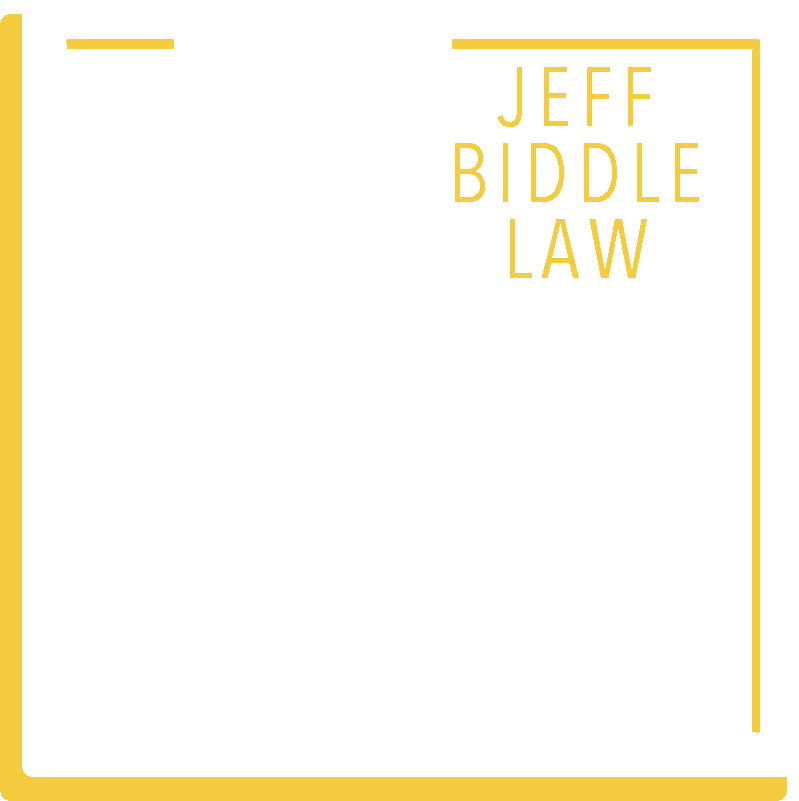I Can’t Afford Bankruptcy
I’m on the phone discussing a client’s financial situation and it is not good. The client says, “It looks like I can’t afford bankruptcy." Sometimes, that is exactly correct.
To be sure, bankruptcy can help most people but sometimes there are situations or people with particular financial goals in mind for whom bankruptcy may not work. It can be a very discouraging realization. So, what might these situations be?
Before we get to those, it might be helpful to brush up on the differences between a Chapter 7 and a Chapter 13 bankruptcy filing—the two most often filed by consumer debtors.
In a chapter 7 filing, the debtor basically gives all of his or her non-exempt assets to the chapter 7 trustee. In most cases, there are no non-exempt assets. If there are, the trustee liquidates those assets and distributes the money to the creditors. The balance of the debt is discharged. Alternatively, the debtor can enter into an arrangement with the trustee to buy those non-exempt assets back. Typically, non-exempt assets would be having too much money in the bank, a tax refund, too much equity in a car or truck or something along those lines. A chapter 7 filing works well if debtor passes the “means test" and usually has a lot of unsecured debt to be discharged. If there are secured debts (like a car, house or other property), the debtor is either able to continue to pay those debts or is surrendering the collateral and discharging the debt. However, some debts entitled to priority and may not be discharged through a chapter 7 filing.
For a chapter 13 filing, there are a couple of typical situations for which a chapter 13 filing is more likely to meet the debtor’s goals. If the debtor is behind on his house payment or car payment and does not have enough to pay the missed payments, then a chapter 13 allows the debtor to pay back the late payments through the plan. If the debtor owes taxes or back support, a chapter 13 filing may be a good way to deal with those debts by paying the debts in full over the life of a chapter 13 plan.
Also, for a chapter 13 filing, if the debtor has assets over and above what may be exempt, the debtor will be allowed to keep those assets if the debtor can pay for the value of those assets over the life of the plan.
So now–back to our prospective client who “can’t afford bankruptcy." What might this debtor’s situation be?
Asset Rich, Cash Poor
This situation occurs where the debtor has an asset that he wishes to keep but which would be sold in a chapter 7 case. A paid off car worth more than the exemption amount is typical. For example, if the debtor’s car has $10,000.00 in non-exempt value, the debtor could expect to have to pay the extra $4,000.00 plus the trustee’s fees and any remaining bankruptcy attorney fees over the life of a five-year plan. The chapter 13 plan will have to account for this asset in determining the Chapter 13 plan payment. If the debtor cannot afford this extra money, then the plan will not be allowed to go forward. Either the debtor can surrender the vehicle or may have to reconsider a bankruptcy filing. I’m sure that we can work something out, though.
Too Much Priority Debt…Taxes or Support
Often the debtor will owe the government or an ex-spouse money, too. This debt will not be forgiven in a Chapter 7. If you owe back child support in the amount of $15,000.00, then this priority debt must be paid in full over the life of a chapter 13 plan or it would remain after a Chapter 7. In calculating the Chapter 13 plan payments, approximately $250.00 will have to be paid into the plan just for the back support claim (add up to 10% more for the trustee's processing fee). If the debtor cannot afford this payment for this claim, the plan will not be allowed to go forward. In this instance, the debtor will have to make some adjustments as to his financial goals or work something out with the ex-spouse outside of bankruptcy. I’ve dealt with these problems before, too, and worked them out.
Trying To Keep More Secured Debt Than He Can Afford
You may be trying to keep too much “stuff" that is subject to a creditor’s lien. For example, if you are behind on your house payment by $10,000.00 and your house payment is $1,000.00, you are going to have to have enough income to make that $1,000.00 house payment and enough extra to catch up the $10,000.00 on your mortgage. If you’re behind on your mortgage, also keep in mind that you will have to make your mortgage payments to the trustee instead of the mortgage company and the trustee adds his lovely 10% fee to that.
Also, if you are trying to “cram-down" a car or two, you have to have enough income to pay for the vehicles through the plan. If you really can’t afford to pay enough into the plan to pay for the vehicles at the reduced, “cram-down" value, then some alternative strategies are going to need to be considered such as, perhaps, giving up a vehicle and obtaining a less expensive one. I wrote this in 2021, too, so there aren’t many people cramming down car loans in this crazy economy.
Not All Is Lost!
Bankruptcy may still be an option but you may have to re-evaluate what is important to him or her. For example, if the house is important, you could consider surrendering a car and obtaining a less expensive one. If the cars are very, very important, then a second job may be in order to earn enough money to pay for them.
I’m a bankruptcy attorney that practices in Arizona. I’ve had clients all over the state in cities like Chandler, Mesa, Tempe, Scottsdale, Apache Junction, Queen Creek, Phoenix, Peoria, Litchfield Park, Ahwatukee, Gilbert, Florence, Sedona, Lake Havasu, Peoria, Glendale, Fountain Hills, Avondale, Goodyear, and Cave Creek. While most of my clients reside in Maricopa and Pinal County, I can assist you with a Chapter 7 or Chapter 13 bankruptcy anywhere in the state. If you have questions, please don’t hesitate to call or email me.


